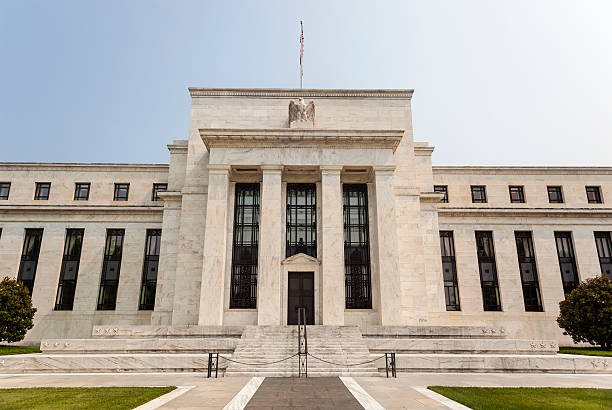U.S. bond yields declined from recent highs last week due to increased geopolitical risks in the Middle East, leading to higher demand for safe haven assets. However, the overall upward trend in yields has caught the attention of some Federal Reserve (Fed) members, as they consider the appropriate policy path for interest rates. Despite this, producer and consumer prices indicate that the Fed still needs to work on achieving its inflation target, even though core prices are moderating.
In Canada, the upcoming Bank of Canada policy meeting on October 25th has become a close call due to recent data. Investors are awaiting Canadian Consumer Price Index (CPI) data, which is unlikely to show significant progress in core inflation. The housing market continues to decline, with lower sales activity and increasing listings leading to a decline in house prices.
In the U.S., financial conditions improved slightly this week as conflict in the Middle East increased demand for safe haven assets. As a result, the 10-year Treasury yield decreased compared to the end of last week. However, yields have still increased significantly since July 26th, prompting some Fed officials to recognize that higher long-term yields may help achieve their policy objectives. Some officials have suggested that if long-term interest rates remain elevated due to higher term premiums, there may be less need to raise the fed-funds rate. They believe that financial markets tightening could do some of the work in terms of monetary policy.
The minutes from the Fed’s September meeting showed that a majority of participants believed another rate increase might be appropriate, while only some viewed no further increases as necessary. The minutes also indicated that the focus should shift to how long to maintain restrictive policy rather than how high to raise rates. The Fed aims to maintain restrictive policy for some time to ensure inflation stays on a sustainable downward path.
Both producer prices (PPI) and consumer prices (CPI) show that inflation is not yet under control. PPI accelerated in September, while CPI remained steady, mainly due to increases in food and energy prices. However, when these volatile segments are excluded, core prices for both measures decreased slightly. Despite this, rates are still too high given the increase in near-term inflation expectations and the resilient labor market. Small businesses in the U.S. are also less optimistic due to expectations of a tighter credit market caused by the Fed’s hiking campaign.
In Canada, the upcoming Bank of Canada policy meeting is a tough decision due to various factors. The recent strength in the labor market and high inflation are balanced with the weakening consumer spending and housing market. Consumer price inflation has been increasing, particularly in core inflation measures that strip out volatile price swings. Core inflation for both services and goods has been rising, with services inflation driven by strong wage gains. Additionally, the housing market has been negatively affected by rate hikes, resulting in lower sales and increased listings, leading to a decline in house prices. The Bank of Canada is looking for signs that core inflation is coming down but is concerned that labor market strength could push wages higher and keep inflation too high.
